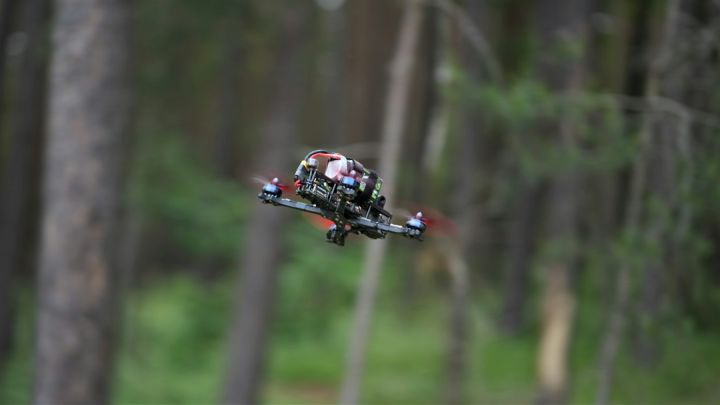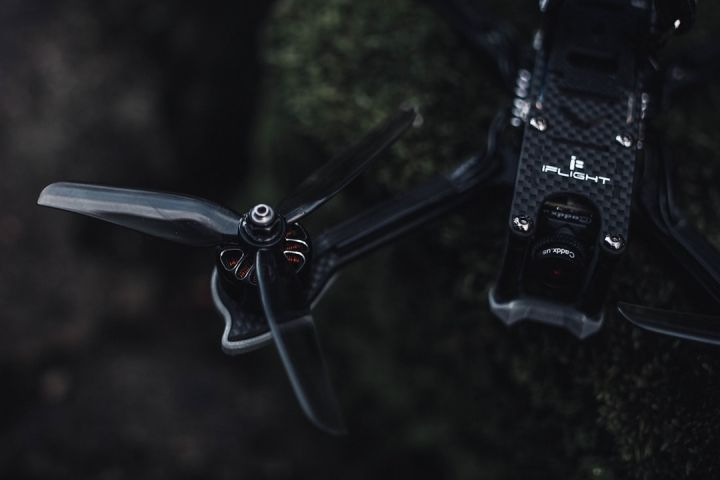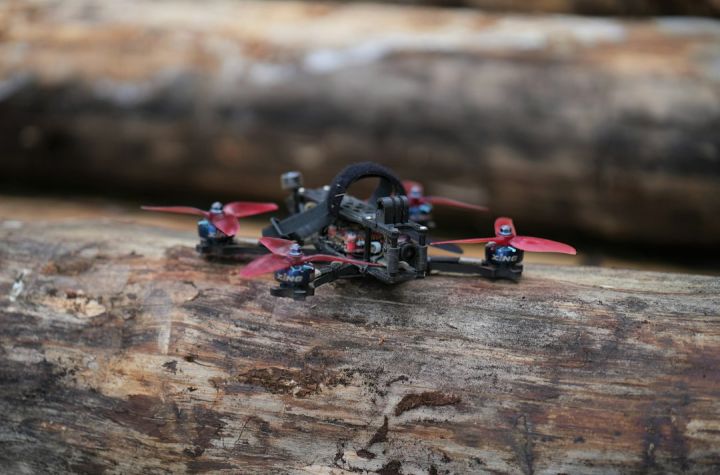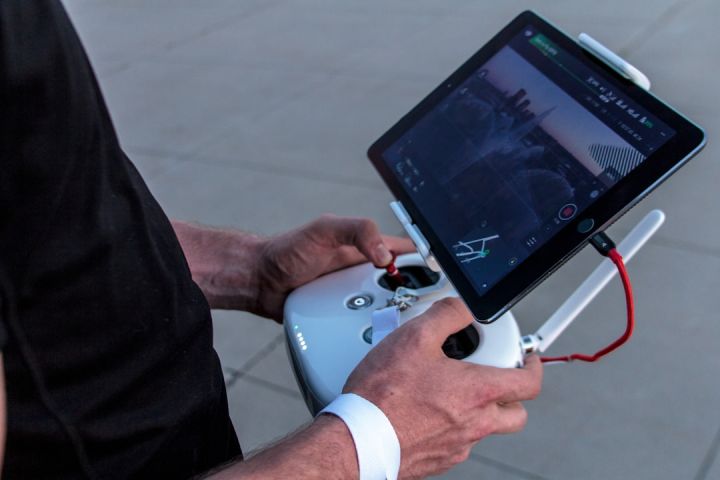What Safety Precautions Are Crucial in Fpv Racing?
FPV (First Person View) racing is an exhilarating sport that has gained popularity in recent years. Participants use drones equipped with cameras to navigate through challenging courses at high speeds, all while wearing goggles that provide a first-person perspective of the action. While the thrill of FPV racing is undeniable, it is crucial to prioritize safety to prevent accidents and injuries. In this article, we will explore the safety precautions that are crucial in FPV racing.
Safety Equipment
When it comes to FPV racing, having the right safety equipment is essential. The following are some key items that every racer should have:
1. Safety Goggles: FPV racing involves wearing goggles that provide a live feed from the drone’s camera. It is crucial to invest in high-quality goggles that offer clear vision and a comfortable fit. Goggles should also have a built-in DVR (Digital Video Recorder) to record flights for review and analysis.
2. Protective Gear: Just like any other high-speed sport, FPV racing requires protective gear. A full-face helmet, knee and elbow pads, and gloves are essential to minimize injuries in the event of a crash or collision. Make sure to choose gear that is specifically designed for racing drones to ensure proper protection.
3. Fireproof LiPo Bags: LiPo (Lithium Polymer) batteries are commonly used in racing drones due to their high energy density. However, they can be prone to overheating and even catching fire if not handled properly. Storing and charging LiPo batteries in fireproof bags is crucial to prevent accidents and protect yourself and your equipment.
Course Design and Maintenance
The design and maintenance of the racecourse play a significant role in ensuring the safety of participants. Consider the following aspects:
1. Clear Boundaries: Establish clear boundaries for the racecourse to prevent drones from flying out of control and potentially causing harm to spectators or property. Erecting safety nets or barriers can help contain the drones within the designated area.
2. Obstacle Placement: Carefully plan the placement of obstacles to ensure that they are challenging but not overly dangerous. Avoid sharp objects or obstacles that could cause significant damage to the drone or pose a risk to the racer.
3. Regular Inspections: Regularly inspect the racecourse for any potential hazards such as loose wires, damaged obstacles, or uneven terrain. Fixing these issues promptly will help maintain the safety of all participants.
Pilot Training and Etiquette
Proper training and adherence to racing etiquette are crucial elements for safety in FPV racing. Consider the following:
1. Beginner Training Programs: Organize training programs or workshops for beginners to learn the basics of FPV racing. Teach them the necessary skills, such as throttle control, maneuvering, and emergency procedures, in a controlled and supervised environment.
2. Respect for Other Racers: Encourage racers to respect the space and flying paths of other participants. Collision avoidance is key to preventing accidents and maintaining a safe racing environment. Implement rules and penalties for reckless flying or intentional interference with other racers.
3. Emergency Procedures: Make sure that all racers are familiar with emergency procedures such as failsafe activation, lost signal protocols, and how to safely land a malfunctioning drone. This knowledge can help prevent accidents and minimize damage.
In Conclusion
FPV racing is an exciting and fast-paced sport that requires a strong focus on safety. By prioritizing the use of appropriate safety equipment, designing and maintaining racecourses with care, and promoting proper training and etiquette, the risk of accidents and injuries can be significantly reduced. Remember, safety should always be the top priority, allowing racers to enjoy the thrill of FPV racing while minimizing potential risks.







